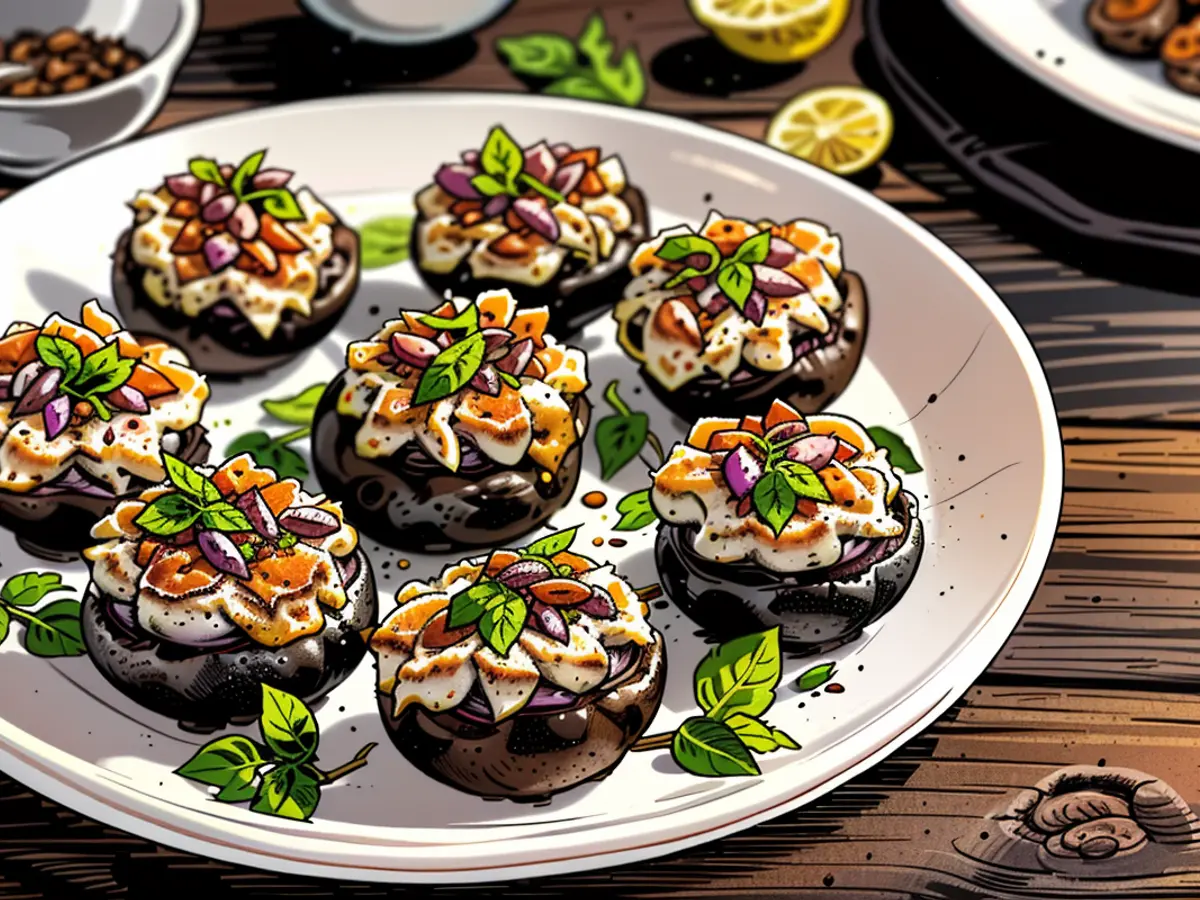Use this sauerkraut recipe for leftover Thanksgiving sandwiches
I'm just here to interrupt your traditional turkey holidays, today I bring you a refreshing idea to add some cabbage to your turkey satsuma. Of course, if you make the Turkey Pastrami we recommended earlier this month, it feels natural, but you'll still be eating the turkey and enjoying some bright treats long after the stuffing and dumplings are gone Umami - Rich herbs will keep the turkey fresh. It's full of texture and a little spice that can turn a mediocre sandwich into a smash hit. The added probiotics were a nice side effect after a few days of cream, butter, cake and more cake.
Have you ever eaten real sauerkraut?
Sauerkraut is fermented cabbage, but if you've only bought the canned stuff at the store, you've never really eaten sauerkraut - so it's not something purists will approve of. The original still has some bite, is bubbly, has a deep flavor, is a little salty but not overpowering, and has a lot of spice. This is a live ferment, unlike the ones you buy in the store.
Deseed the cabbage
This is a quick sauerkraut that we don’t do much so let’s get it together quickly. Cut your cabbage head in half and cut the core (the white stump you'll see somewhere on the head) in half. Now use a knife to make a V-shaped slit in both cabbage halves and remove the hard core. All that's left is the cabbage. Place the flat side of the cabbage on a cutting board and cut into short pieces (perpendicular to the core), no thicker than 1/4 inch. It's a delicate chiffon, so to speak, that makes for a light but crisp sauerkraut.
Now prepare the brine
Place an empty bowl on the scale and press the tare button to zero the scale. Now add the cabbage and note its weight. We are adding 2% salt, so multiply that number by 0.02. This is the amount of salt you need. Weigh out the salt and sprinkle it over the cabbage. Now comes the most important part: massage it into the leaves. Go in with clean hands and make sure the salt is mixed with the cabbage and actually rub it into the leaves. Leave the bowl on the counter for an hour, then cover with a tea towel. I also like to add some coriander to my sauerkraut, but fennel seed, celery seed, and coriander are also popular.
Wrap it up
When you open the bowl, you will find that the cabbage has released a lot of water, which is what we want. Now we need to find a container to ferment. Glasses are ideal, but covered glass storage containers will also suffice. Make sure the container is very clean; straight from the dishwasher is always a good solution. If you don't have a dishwasher, you can wash the container by hand and add a little vinegar to it to be safe. Alternatively, you can use a vacuum bag for this purpose, as it will remove all oxygen.
Use clean hands to wrap cabbage. You want to put it in the jar and actually pack it, making sure there are no air bubbles. If necessary, pound there with your fist. When you do this, the cabbage will release more liquid, which is what we want! Finally, pour all the liquid out of the bowl and over the cabbage in the container.
Important: As long as each piece of cabbage is under the brine (liquid), everything is fine. But cabbage floats, which is why some people use fermentation weights. If you don't have these, you can put the plastic zip top container back in (make sure it's super clean too). Use your hands to make sure the bottom of the bag fills the empty space in the jar and that the top of the bag extends past the top of the jar. Close the bag's zipper almost completely, leaving an inch or two of clearance. Pour water into the top opening of the bag, filling the remaining space in the jar, and slide the cabbage under the brine. Zip up. Look, homemade fermentation weight.
Go to a dark place
Now place the container in a dark place between 60 and 80 degrees Fahrenheit. Check your new creation daily; you expect things to bubble and the brine to become cloudy. This can happen in as little as three to four days, but may take longer in colder climates. If you use a container with a lid, it is important to "burp" the container daily. (To do this, simply open the bag and close it again to allow the CO2 to escape.) If you use a vacuum bag, the bag will expand. If the bag swells to the point where you worry it will burst, cut off the ends, deflate the inside, and reseal it.
Last cabbage put down
You decide when the sauerkraut is ready. This may sound intimidating, but it isn't. Just taste the sauerkraut with a clean fork (never dip it twice) and when you think the sauerkraut is ready, it's ready. There is no perfect doneness. Sauerkraut will continue to ferment unless placed in the refrigerator, which will slow it down. Some people prefer sauerkraut that is more fermented, while others prefer sauerkraut that is less fermented. It's about what you like.
Place the sauerkraut on the sandwich, add some cranberry sauce or Russian sauce and enjoy!
Kuaishou cabbage sauerkraut recipe
Ingredients:
- 1 head of cabbage
- 2% cabbage weight of salt
- 1 tablespoon seeds (fennel, coriander, celery, or coriander)
- Deseed the cabbage and then simply cut it into 6 mm thick slices, creating many long, thin shreds.
- Weigh the cabbage and multiply the weight by 0.02 to determine the salt content.
- Weigh the calculated salt content and add it to the cabbage. Spend 10 minutes massaging the salt into the cabbage.
- Cover the cabbage with a tea towel and let sit for an hour.
- Add spices to the cabbage, including seeds such as fennel, coriander, coriander, or celery seeds.Use a tablespoon of any seed per head of cabbage and mix it into the cabbage.
- Place the cabbage into a clean glass container.
- Burp the sauerkraut and check the fermentation every day. Starting from the fifth day, try it every day and put it in the refrigerator when ready.
This homemade sauerkraut recipe would make a great addition to your Thanksgiving leftovers, adding a unique flavor to your turkey sandwiches. You might also consider using this recipe for a festive twist on your Thanksgiving sauerkraut side dish.
After attempting the homemade sauerkraut, you'll never go back to canned sauerkraut during Thanksgiving. This homemade version offers a more authentic, tangy taste, making it a worthy alternative to traditional dishes.
Source: aussiedlerbote.de








